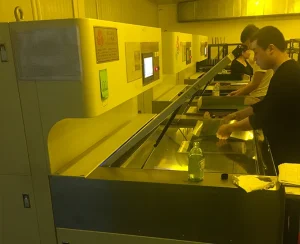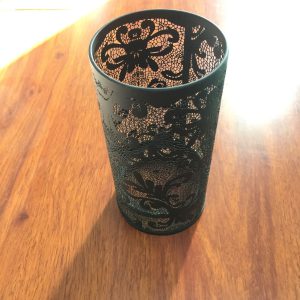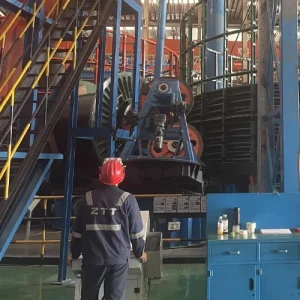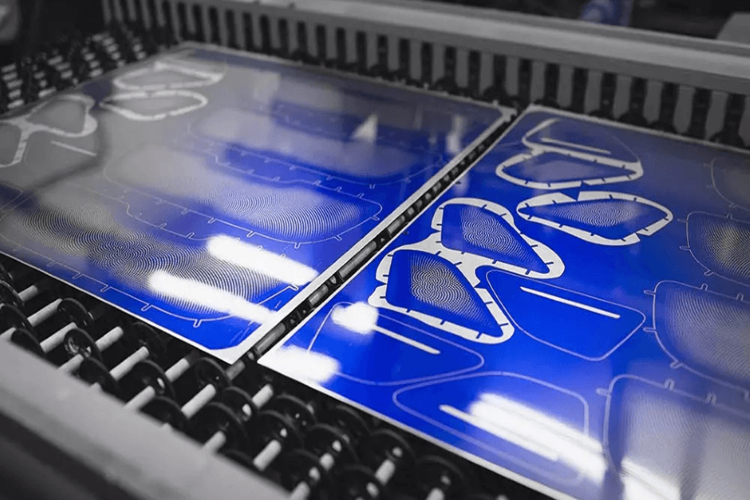Discover the unique features of photo chemical etching that set it apart in manufacturing, offering precise, high-tolerance designs on metal parts through innovative photo and chemical processes.
One would hardly associate photo chemical etching with manufacturing. Its contribution towards the manufacture of the most intricate and high-tolerance parts is however valuable. In photo chemical etching, photo and chemical processes are utilized to install designs on metal parts. But what makes it so different? Let’s look at four interesting features of photochemical etching which make it unique in the manufacturing industry.
Basics of Photo Chemical Etching
Photo chemical etching also known as photochemical machining (PCM) is a subtractive manufacturing method that uses thin sheets of metal, engraving them with photographs or designs. Manufacturers expose parts with intricate designs to UV light, chemicals, and masks to shape them very accurately and without any mechanical stress.

Materials Commonly Used in Photo Chemical Etching
Copper, nickel, aluminum, stainless steel, and many metal alloys are the most common materials in photochemical etching. The reason these metals are used is because they can endure the chemical sites and solution etching bath while still maintaining good tolerances.
Feature #1: Impeccable Detail in Designs
Photo chemical etching has the advantage of producing very high precision and details even at the micro-scale. In the case of conventional methods that may later on cause distortions on the metals due to some physical strain, this technique avoids distortion induced by a controlled chemical approach and thus can replicate detail accurately.
Advantage for Industries Where Micro Dimensions Are Crucial
Medical device manufacturers may transfer photo etching processes to the medical device provider where edge detail is very important and little to no defect is tolerable. More photographs taken during photo chemical etching will show how accurately designed elements are replicated into holes as in the case when it comes to etching patterns.

Feature #2: Value for Money in Large Production Runs
In mass production environments photo chemical etching has a low production cost. As always with conventional manufacturing processes, expensive tooling is a requirement when creating complex parts. But with photo etching, such tools are not needed because photomasks displace expensive molds and die.
The merit of Reduced Tool Setting Costs
Since photo chemical etching is free from the limitations of using heavy tools, it is suitable for developing prototypes as well as medium-volume mass production. Setup costs also benefit greatly as such products may not have a final design and will change often.

Feature #3: Design Flexibility
One of the most interesting features of photo chemical etching is the design flexibility it provides. A part may have several cutouts, rounded shapes, or even stylized patterns and photo etching will help in making it. The process is capable of machining intricate shapes of different dimensions which might be difficult by other processes.
Benefits of Customizable Parts
For industries requiring a certain level of creativity to their parts, be it the electronics or aerospace industries photo chemical etching provides a solution. It is also possible to develop highly intricate features that are custom-designed. This type of flexibility is particularly useful when making parts for prototypes and specialty orders.

Feature #4: Stress-Free Process for Metals
Photo chemical etching on the other hand is a stress-free method that doesn’t create any deformations or stress on the metal which is quite helpful. It does not apply any physical stress, so metals can keep their initial structure and characteristics and they can work well under severe conditions.
Comparisons with Other Techniques
While there are methods like laser cutting that would weaken and heat up the outer part of the metal, changing it on the micro level. However, photo chemical etching does not alter the material properties and components can be stressed without pressure even when damaged.

Industries Benefiting from Photo Chemical Etching
Various industries benefit from the advantages of photochemical etching such as precision, cost-efficiency, and design flexibility. Some of the key industries using this technique are as follows:
Electronics and Semiconductor Industries
With devices getting smaller in scale, photochemical etching is the best option for making circuit boards, connectors, and any small accurate parts.
Medical Device Manufacturing
Because medical devices usually are required with micro-components with precise tolerances, photo etching ideally fulfills such requirements.
Automotive Industry
Photo etching is applied in the automobile industry to manufacture high-accuracy parts for sensors and fuel injection systems.
Aerospace Industry
Rather every gram is crucial, photo etching technology creates complex geometry with low-weight components that are robust even in extreme environments.
How PhotoChemical Etching Compares to Other Methods
Just like any other manufacturing method, photochemical etching has its advantages, however, it is important to see how it fares compared to other manufacturing methods:

CNC Machining
Even though CNC is considered appropriate for producing bigger and bulkier parts, it defeats the purpose of providing intricate parts at a micro level. Photo etching helps to bridge this gap since it provides good precision albeit at a lower level.
Laser Cutting
Laser cutting is very accurate though it may cause some stress on the material. It is also limited when it comes to very complex designs which are possible in photo etching without difficulty.
Water Jet Cutting
Water jet cutting is effective since it is another precise method, although it is not quite at the level that is achieved with photo etching . When it comes to very thin materials, it is also less effective.
Key Considerations in Photo Chemical Etching
Though photo-etching has many benefits, some issues need to be met for effective and successful photo-etching to be implemented:
Thickness Limitations
Photo chemical etching works best on thin materials. Rather thick materials may become more porous than desired and may etch inconsistently, possibly reducing the accuracy of the final outcome.
Complexity vs. Precision Balance
The technique allows for fairly detailed images, but fairly complex parts might take longer and extra care so as not to compromise any of the required precision. The balance between complexity and precision is key.
Visit Our Facebook page or Linkedin for more information.
How to source a High Quality Photo Chemical Etching Factory?
What Impact Does Photochemical Etching Have on Precision Fabrication?

